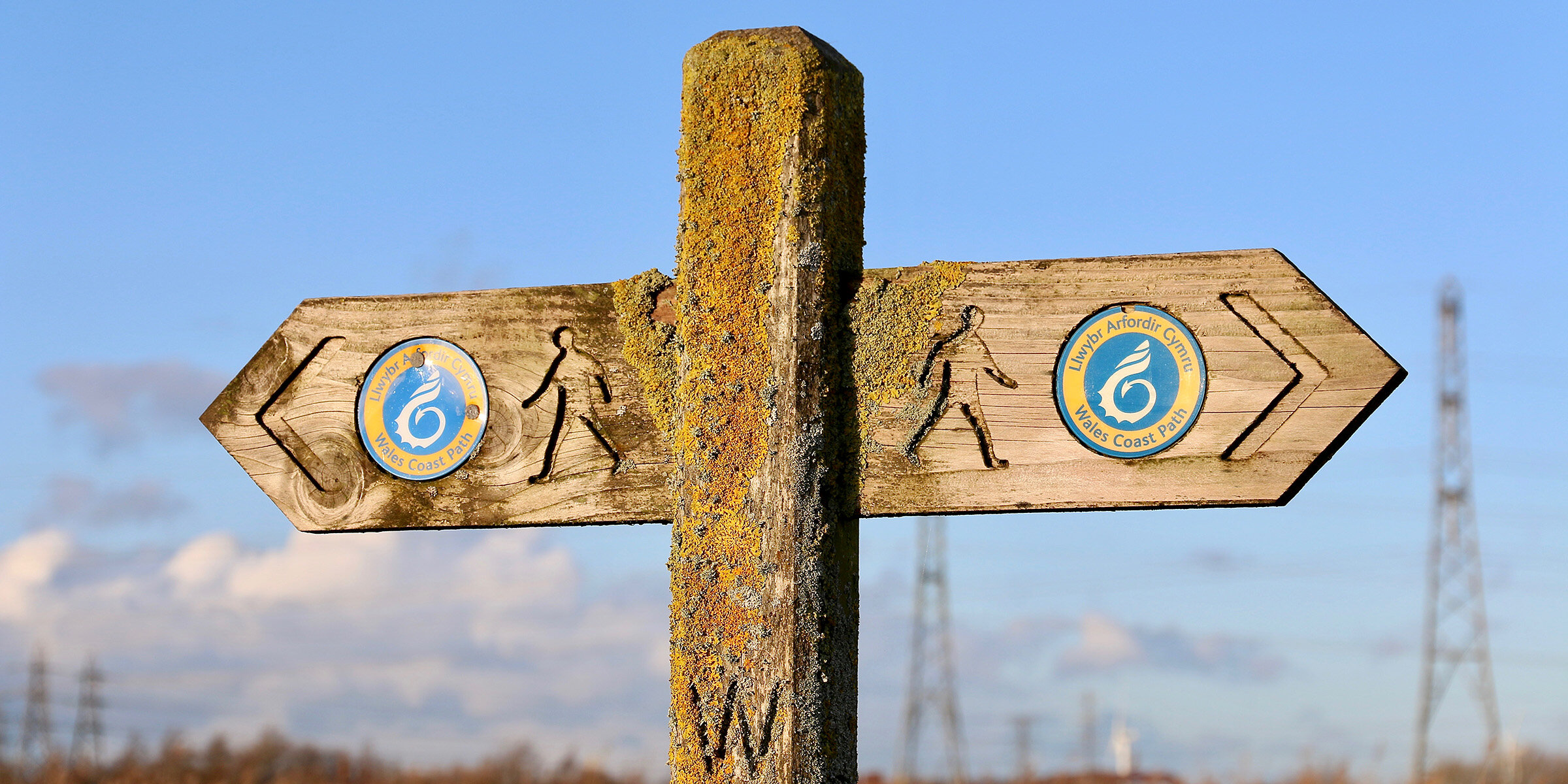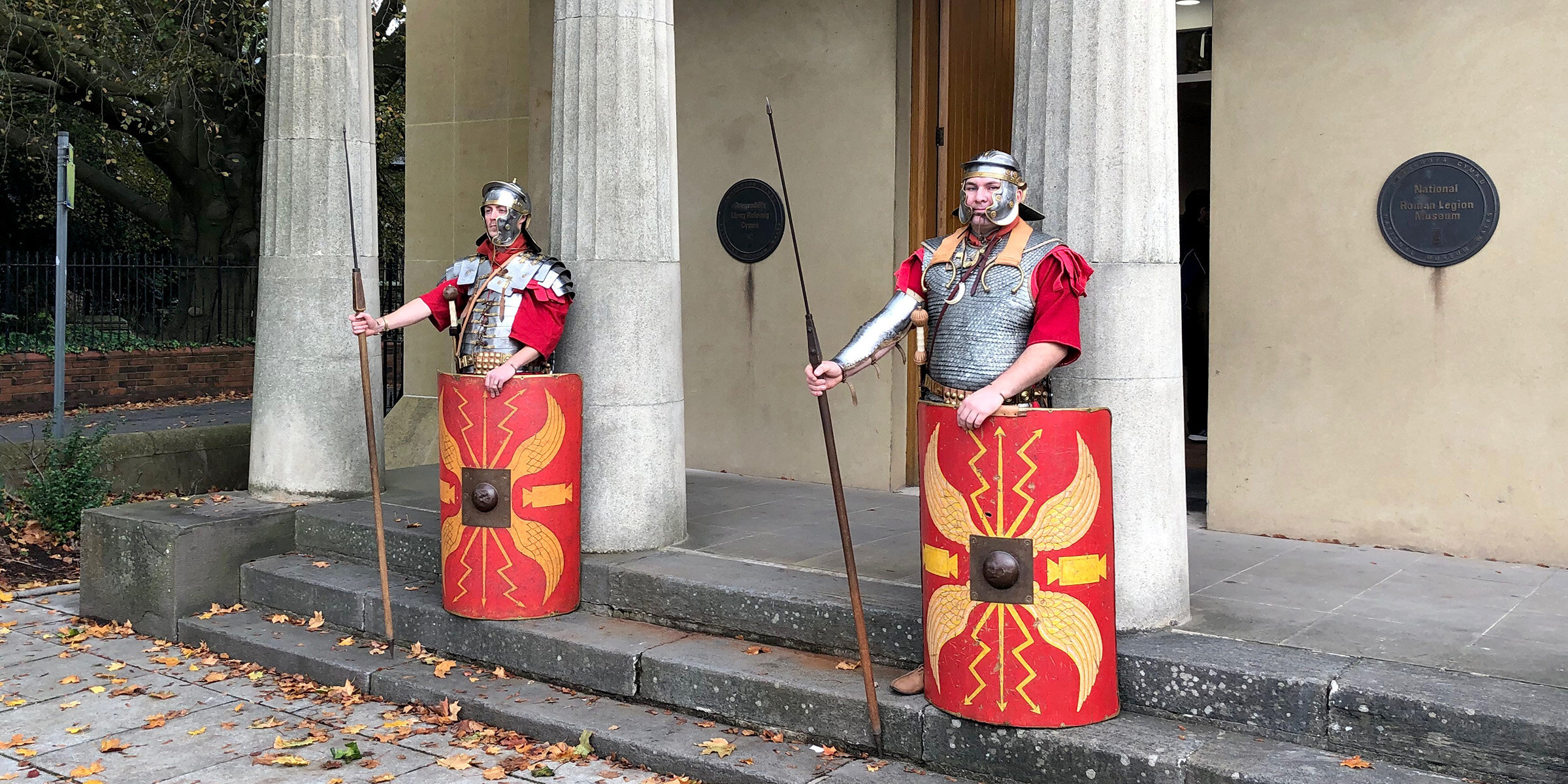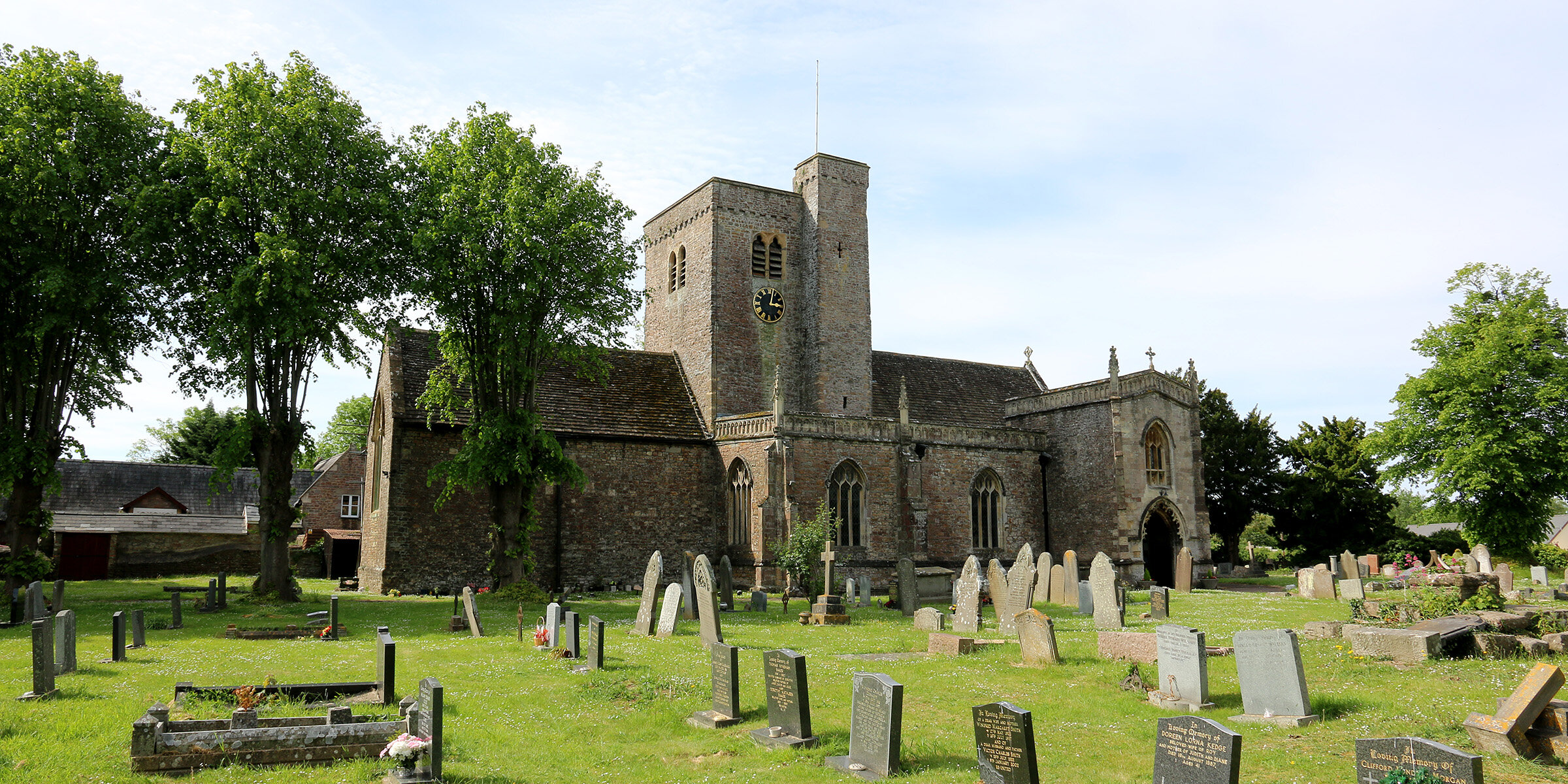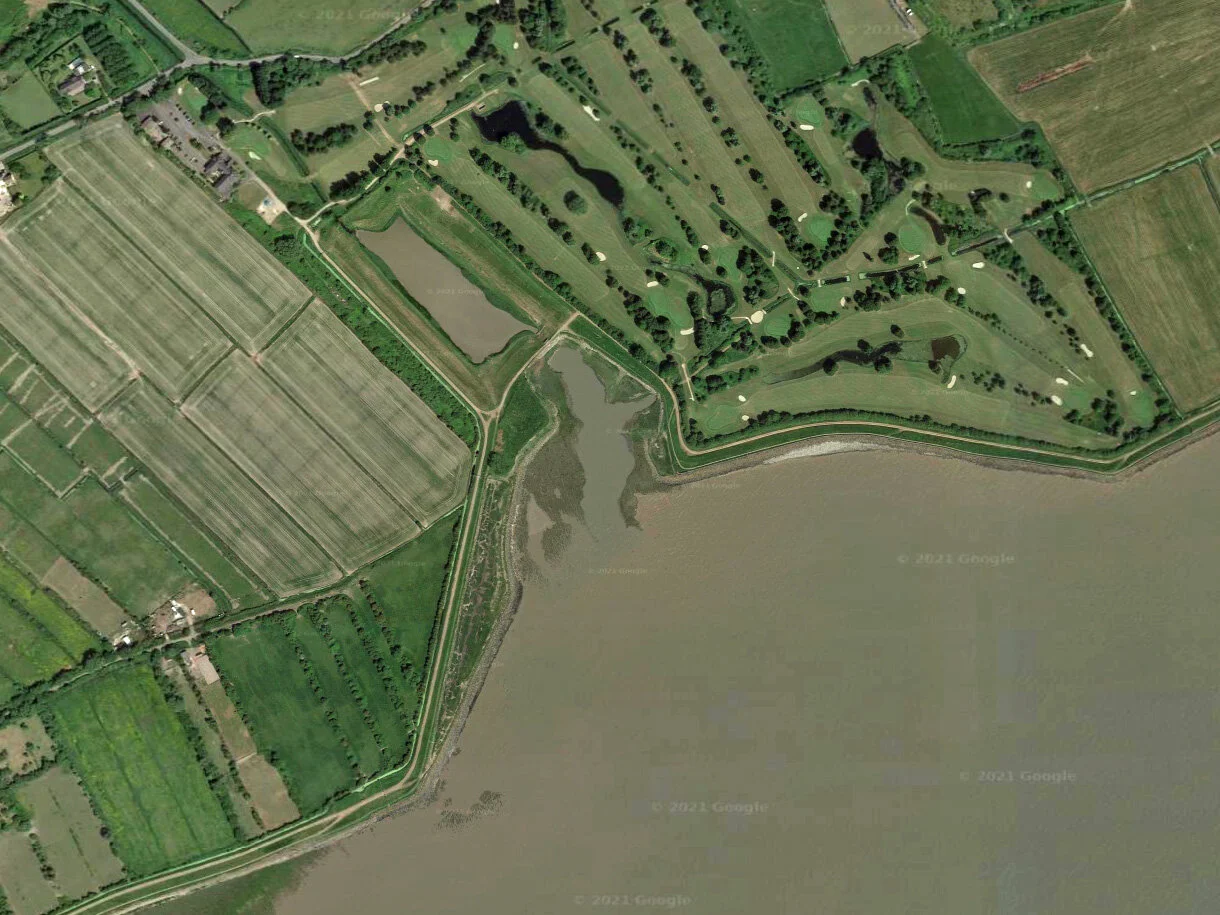Caerphilly cheese is a hard, crumbly white cheese that is reputed to have been made on the Wentlooge Moors, but which takes its name from the market town where it was sold. By the late nineteenth century, the miners of South Wales found it tasty and convenient to take down the pit. History RATS Marjorie Neal recounts the history of cheese making on the Wentlooge Levels.
In 1881, there were 94 farms in the parishes of St Brides Wentlooge, Peterstone, Rumney and St Mellons, ranging from just a few acres to as many as 150 or more. The lush grassland of the Levels made them eminently suitable for milk production. During the summer months particularly, these farms, some with only two or three cows, were producing more milk than could be used locally and the surplus was made into cheese and sold.
Idris William Jones of Sunnybank Farm, St Brides, relates in his family history how his father (who was born in Peterstone in 1870) had fishing nets from which he gathered the fish at low tide.[2] He took the fish into Cardiff in a high-wheeled gig – a good cob would go fast with it because it was not heavy or cumbersome. Another of his enterprises was to take cheese from the farms in the area to Caerphilly Cheese Fair to sell to the miners who did not like to take meat down the mine.
The Evening Express of 22 August 1896 carried the story of 'Cheese-making in Wales: Another industry threatened by America'.[3] This followed a report from the Western Mail three days earlier, and was clearly a hot topic. American competition in English cheese markets had purportedly 'opened up' a wide field of discussion. Low farm rents in America, combined with huge quantities of Canadian-produced cheese and cheap freight, meant that it cost less to bring cheese from New York to Liverpool than from Cardiff or Newport to Liverpool. This American influence was, according to the reporter, having a serious effect on the home market.
However, despite such keen competition, it was said that some brands would 'always hold their own in the English markets', among them 'those qualities which are made in Somersetshire and Cumbria, Monmouthshire and Glamorganshire.' Caerphilly cheese was singled out for special recognition — the Americans would never be able to replicate the 'peculiarly local' pasturage, climate and herbage that contributed towards its 'agreeable flavour'. The name 'Caerphilly' derived from the cheese market in that town rather than the source of its production which at the time was largely on the Wentlooge Level and Cardiff's moors. Today it has protected food-name status: 'Caerphilly' refers to cheese made to a specific composition and standard, although as an artisanal product, it contains individual and small variations.[4] It is a hard cheese made in Wales from milk produced on Welsh farms and is the country's only native cheese.
Cheese made between the rivers Usk and Ely was of great importance for it supplied operatives and miners in the iron and coal industries of Monmouthshire and South Wales. However, Miss Madge Kellett, Monmouthshire County Council's instructor on cheese-making, and Mr W. J. Grant, the organising secretary to the technical instruction committee, noted in 1891 that there was considerable variation in the cheese's quality even within single farms. Additionally, farmers had become accepting of prices on a par with those paid for inferior American cheeses. Miss Kellett and Mr Grant undertook a study of how Caerphilly was being made and concluded that a greater uniformity in its production would lead to it commanding a better price at market and becoming even more valued.
Following prolonged discussions, Monmouthshire County Council's Department of Agriculture, Dairy Schools, Horticulture and Aboriculture decided that cheese and butter-making courses should be held from 1895. These ran in its dairy schools for at least three months during each year: in 1896, each course was one month in length. Tuition was free, but the girls were expected to pay towards their board and lodging.
One of the dairy schools was at Greenmoor Farm, St Brides, Wentlooge, (now Greenmoor Nurseries). It catered for the daughters of farmers from Rumney, St Mellons and other areas between Cardiff and Newport. As a teenager c.1909, Gladys Scrivens of Pwll Mawr Farm, Rumney, attended there learning how to make butter and cheese.
Classes were intimate with a maximum of five students. They were taught the importance of keeping the dairy dry and well-ventilated. As milk could acquire a taint from any smells, dairies needed to have a hard floor and no crevices where milk, whey and dirty water could collect. The pastures where the cows grazed had to be free from strong herbs such as garlic because the milk could carry the taint from any strong-flavoured herbage. Girls were instructed in the correct principles of milking through practical experience at local farms, and also shown how to pack their products correctly in specially designed baskets.
Gladys Scrivens, c. 1920 [6]
The courses proved to be a great success: standards rose and the average price of Caerphilly cheese increased. Wensleydale was also produced, and the girls learned how to make soft cheeses such as Gervais Cream and Cambridge. However, such success was relatively short-lived. During the First World War, as agricultural labourers enlisted or were conscripted into service, farmers' wives and daughters scaled back or ceased altogether their traditional cheese and butter-making activities as they were required to undertake other farm work. Caerphilly cheese production in Wales and England declined further during the Second World War when Cheddar became the British cheese of choice because it kept for longer.[7]
During the twentieth century the Wentloog Level developed into a substantial milk producing area to the benefit of many farmers. However, after the Second World War more houses were needed and in later years, housing development replaced farms in Rumney, Llanrumney and St Mellons. The size of the remaining farms increased substantially as small farms were amalgamated with larger ones. In 1951, on the Wentloog Moors between Rumney and St Brides, there were an estimated 700 cows owned by 38 dairy farmers. By 1985, the number of cows had increased slightly, but there were only ten producers. This period was the most productive time in agriculture for the Wentloog Levels, but it was not to last. By 1994, the number of cows remained the same but there were just six producers.[11]
Milk production ended in Rumney in 1998 when the last of its dairy herds were sold. By 2022 there were only two milk producers on the Wentloog Level, both in St Brides. Caerphilly cheese's protected food name status ensures that it can still be made by artisans to traditional specifications.
References
[1] Photograph in the personal collection of Marjorie Neal, granddaughter of John Scrivens.
[2] Life on the Wentlooge Levels 1840-1918 by Idris William Jones (1907-2000), personal collection of Catherine Davies.
[3] Evening Express, 22 August 1896, p. 3. The National Library of Wales: Welsh Newspapers
[4] Defra, 'Traditional Welsh Caerphilly/Traditional Welsh Caerffili': www.gov.uk/protected-food-drink-names/traditional-welsh-caerphilly-slash-traditional-welsh-caerffili [accessed 28 February 2022].
[5] Hand written at top: 'This is a photocopy of the recipe for Caerphilly Cheese that my Granny Alice Jane Williams (nee Morgan) used. Mum used this when there was snow at Pennas and we couldn’t get the milk away from the farm, she made cheese rather than throw the milk away.'
[6] Photograph in the personal collection of Marjorie Neal, niece of Gladys Scrivens.
[7] Welsh Cheese Company, 'A brief history of Caerphilly cheese': www.welshcheesecompany.co.uk/blog/brief-history-caerphilly-cheese/ [accessed 12 February 2018].
[8] Photograph: Marjorie Neal.
[9] Photograph: Marjorie Neal.
[10] This photograph from Marjorie Neal's collection was taken on Maerdy Road at the entrance to Spring Meadow Farm. It is now Spring Meadow Business Park.
[11] Personal knowledge by the author and Dillwyn Prosser
[12] Photograph: Marjorie Neal.
Traditional Welsh Caerphilly/Caerffili is a hard, crumbly white cheese made in Wales from milk produced on Welsh Farms. The cheese has a mild slightly lemony flavour and a fresh lingering after taste. It is the only native cheese of Wales.
Traditional Welsh Caerphilly/Caerffili is a protected food name with Protected Geographical Indication.





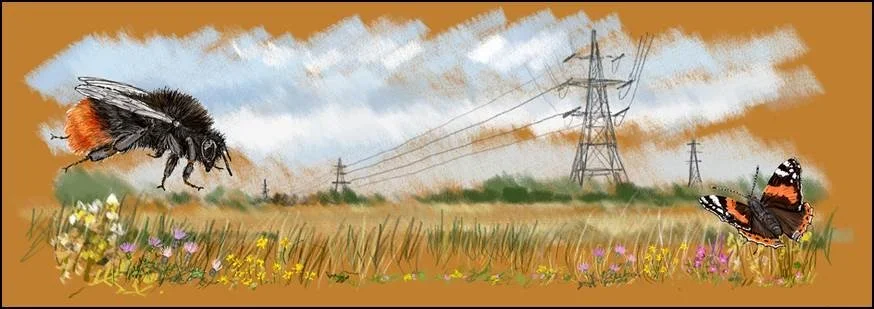







![Wesleyan Methodist chapel Castleton (Penny Gregson)[2].jpg](https://images.squarespace-cdn.com/content/v1/5a1d5fb38a02c70db7c34f81/fe4960cd-db68-469d-8411-f5e21327e383/Wesleyan+Methodist+chapel+Castleton+%28Penny+Gregson%29%5B2%5D.jpg)

